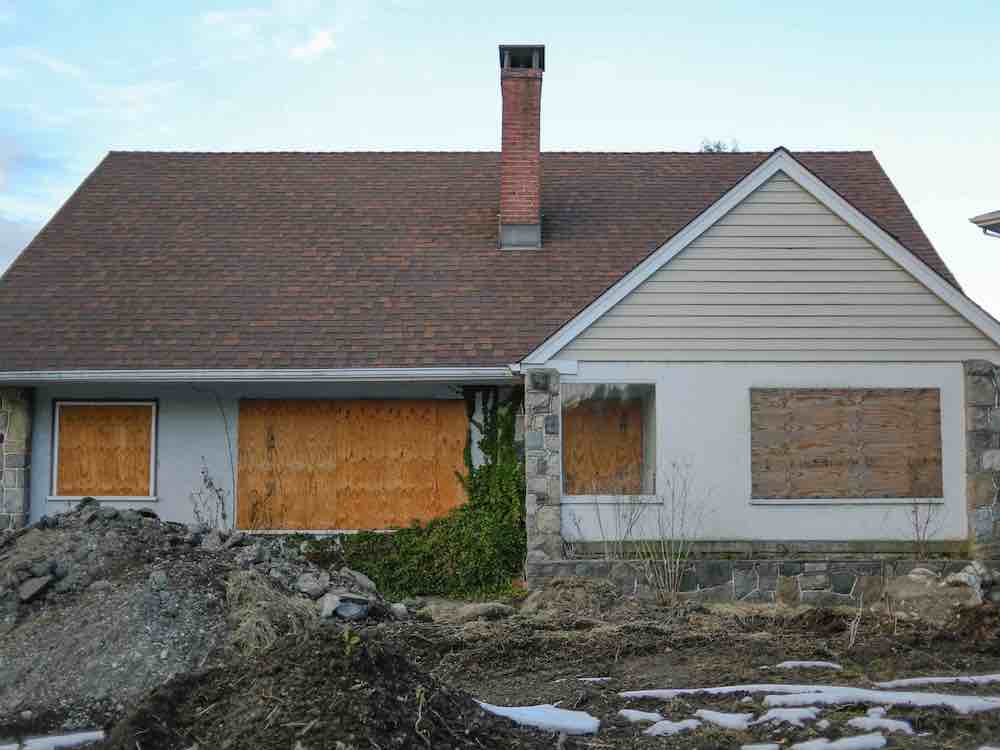Housing is a foundational pillar of society. It represents not just a home but a living space and a fundamental element of a city’s physical, social and economic fabric. Yet most of the proposed solutions to Canada’s housing crisis rely on a simple economic principle: matching housing supply with demand to stabilize the market.
Recent policy strategies aim to adjust the rental vacancy rate in Canada from the current 1.9 per cent to a desired three or four per cent. But with this tight focus, we might be addressing merely the surface issues of the crisis.
The deeper problem lies in the tendency of modern society and policies to treat homes primarily as tradable commodities similar to stocks or goods, rather than recognizing their social value as vital living spaces that enable cities and businesses to thrive.
Housing’s social value surpasses its market value, with direct implications for access to services and employment locations, the stability of the urban population, urban attractiveness and physical and mental health, as well as the competitiveness of local businesses.
The mercantile view of property has eroded the social value of real estate, transforming what was once a dream into a mere investment tool: buy, renovate, set rent according to the investment and compete to attract wealthier households.
To help solve this crisis, we need to redefine the social value of housing and see it as an essential social service.
The proposed solutions
In September, the federal government rolled out a GST exemption for new rental construction, complementing the ambitious $82-billion national housing strategy introduced in 2018, championing affordable housing and home renovations and supporting research and the community housing sector.
Ontario, Quebec and British Columbia are launching diverse strategies, from financial incentives to specific construction targets. Meanwhile, Toronto, Vancouver and Montreal are overhauling their zoning laws and amplifying social housing initiatives, collaborating closely with local community organizations.
Competition for housing is fiercer for those most exposed to the crisis
First, beyond an absolute housing shortage, we especially see a relative shortage of options matching most local workers’ incomes. For example, in Montreal, recent vacancy rates have hit one per cent for affordable apartments for the 40 per cent of least-wealthy tenant households, those with an income under $43,000.
In contrast, apartments affordable for households earning between $63,000 and $97,000 a year had a vacancy rate of 5.4 per cent. In other words, competition for housing is fiercer for households most exposed to the crisis.
Second, property prices have risen and turned many people into long-term renters, pushing away the dream of home ownership. This has put extra pressure on the available rental housing stock, particularly for newcomers to the market such as students and new residents.
Additionally, the gap between rents for vacant and occupied housing slows turnover. It prevents, for example, workers from moving closer to their workplace or new families from having a larger living space.
In Toronto, in the same building, the average rent for two-bedroom apartments in 2021 was 29 per cent higher for units that had changed tenants than for those where the tenants remained the same.
Third, the consequences are more severe for socially and economically vulnerable populations because they are forced to choose housing based not on their needs but on their financial capacity. This reality has reduced the quality of life, added longer commutes to potential workplaces and increased transportation costs.
Finally, local economic development is threatened as housing becomes a pressing concern for modern businesses: a growing mismatch arises because affordable housing, based on offered salaries, is often distant from business operating locations.
High rents relative to salaries impede local business competitiveness amid a labour shortage, endangering labour productivity due to employees’ financial stress and lengthening commutes.
Furthermore, it hinders regional innovation by discouraging potential entrepreneurs from setting up and pushing talent toward more affordable regions. Businesses aren’t blameless in this situation; real wage growth has slowed since the 1970s. Given their role, businesses are uniquely positioned to be part of the solution.
How to redefine the social value of housing
So, how do we redefine the social value of housing and address this crisis? Housing must first and foremost be viewed as an essential social service, not just a building to shelter people or a mere commodity.
Four potential solutions can complement the current government measures.
First, we need to adjust rents according to local economic realities. The idea is to establish an acceptable rent range based on what local incomes can support and the wages that businesses are prepared to offer, especially for those at the lower end of the pay scale. Landlords exceeding this range could be subject to fiscal measures, the revenues from which could support more affordable housing. Such a calculation might seem complex, but it’s not unfeasible. A good starting point would be introducing a rent registry, as proposed by 14 city and town mayors in Quebec.
Second, we need to make allies of employers. Most tenants and homeowners are active in the job market. Since access to housing, in relation to salaries, is a key factor in attracting and retaining talent, employers could provide housing bonuses to employees with modest incomes. For those who work remotely, they might consider offering financial support. This could be further supplemented by government assistance from economic development agencies, given that teleworkers boost the local economies of their residential areas.
Third, we should remove the most vulnerable groups from the housing competition. Young people, single-parent households, the elderly, First Nations, low-income racialized Canadians and newcomers are not in a position to compete fairly for the housing they need. One approach to help them could be to introduce taxes on high-end, luxury homes. The revenue generated could then be directed toward developing non-profit housing projects designed to meet the respective needs of these disadvantaged groups.
Finally, we need to consider and support innovative approaches to housing. For example, intergenerational residences, where individuals of varying age groups live together, serve multiple purposes. They facilitate integration for newcomers, ease loneliness among the elderly, encourage mutual support, reduce overall living costs through resource sharing and create opportunities for residents to share diverse life experiences.
Another approach involves co-housing communities, where residents enjoy their private spaces while actively collaborating in the design and management of shared communal areas. This nurtures a sense of collective responsibility and connection among community members, all while reducing housing costs and contributing to urban densification.
Viewing housing solely as a market-driven product oversimplifies the challenges of the housing crisis. Housing extends beyond being a mere shelter or a tradable commodity; it has a more profound social value, shaping the physical, social and economic fabric of a city.
A city’s vitality, both economically and culturally, is boosted when housing accommodates everyone, regardless of social and economic status. By recognizing and preserving this value, we will tackle the crisis more effectively. ![]()
Read more: Rights + Justice, Housing
















Tyee Commenting Guidelines
Comments that violate guidelines risk being deleted, and violations may result in a temporary or permanent user ban. Maintain the spirit of good conversation to stay in the discussion and be patient with moderators. Comments are reviewed regularly but not in real time.
Do:
Do not: